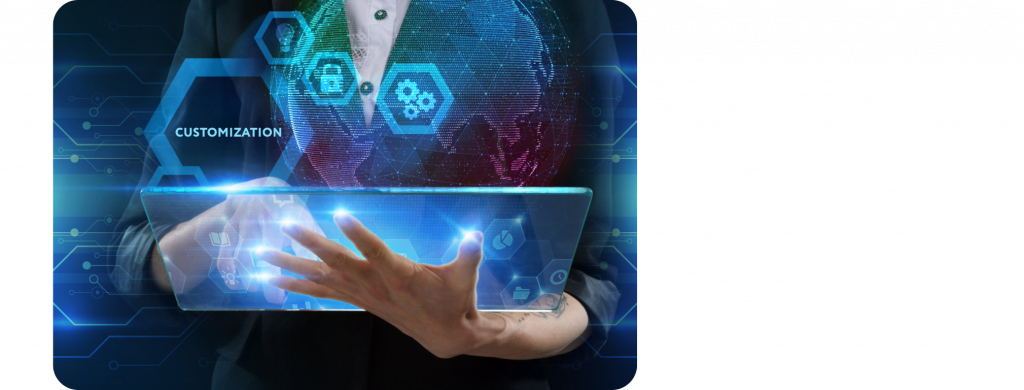
One of the advantages of installing and activating a WordPress theme is the ability to customize its look. Menus, colors and numerous other elements can be tailored to personalize or brand the theme. You can almost let your imagination run wild with all the possibilities.
Menus
Menus can me changed to link to categories, posts or custom links to external data. Additional menus can be added beyond the typical main navigation at the head of the page, strategically located in a sidebar or footer giving users the ability to quickly move about the site. Navigation items can also be nested (sub menu items) and reordered as needed providing great flexibility as the site changes.
Widgets
Widgets provide an easy way to customize sidebars, footers or any other “widget” area.
Numerous options include:
- Categories List – displays a clickable list of all categories
- Search – allows visitors to search for content
- Page List – displays a list of all pages
- Latest Posts – displays a clickable list of recent posts
- Social Icons– displays selected social media icons
I selected the Categories List and the Latest Posts List and placed them in the default (right) sidebar as these allow users to quickly find content. I placed the Page List in the footer so users can quickly navigate to other pages without having to scroll back to the top of the page for navigation.
Site Aesthetics and Other Enhancements
There are many options available to change visual appeal. I tested a background image at various percentages of opacity from 25% to 50% with moderate success. I then opted to add a header image for better content readability and changed the background color and various header colors. Again, with moderate success. Still a “work in progress”.
I also added a site icon for identity in a browser tab.
Scheduling Design Changes
This is a great feature, in the customizer, providing the ability to create design changes in advance of an event, or future change update and schedule their release. I tested this functionality by removing the background image and editing the color schema and scheduled a release update for later in the day.
The subsequent release was successful, as evidenced by the screenshot.
AMP Installation
Installation of the AMP plugin, in standard mode, while initially appearing successful, turned out to be problematic. After activation, my website rendered as a blank white page in my browser window. Answers to my post in the AMP support form indicate I either have an incompatible them or a plugin conflict.
One option was to change to Reader Mode, but the theme options are limited and my theme, OceanWP, is not one of them. I chose to deactivate AMP while I troubleshoot the issue.
I’m positive I will be revisiting all the choices made and making additional edits to a number of items.